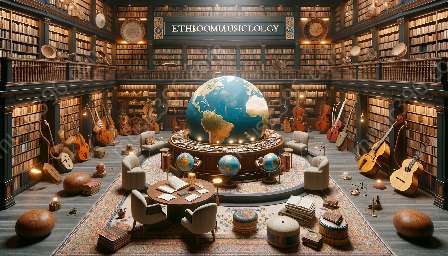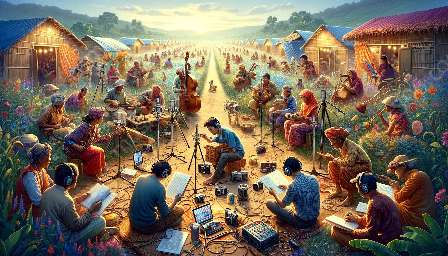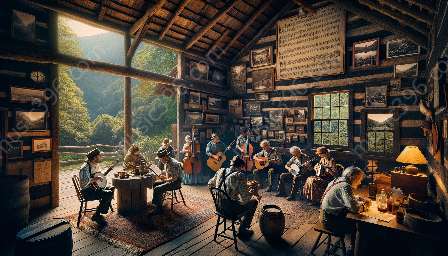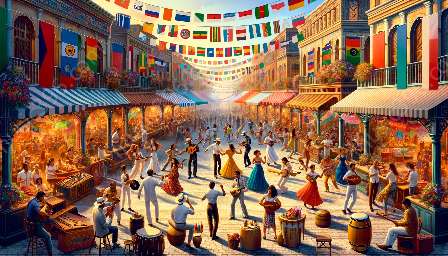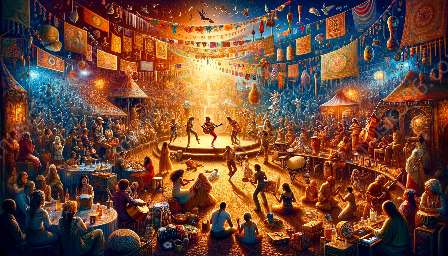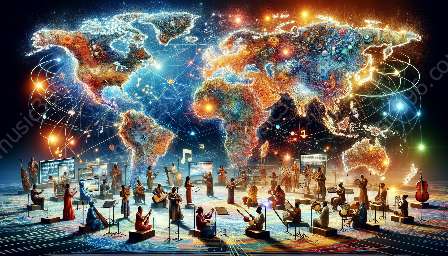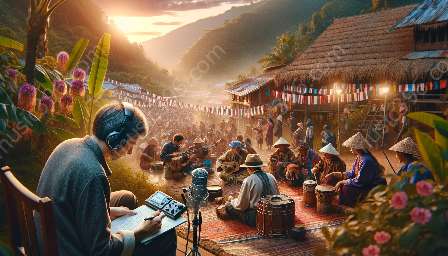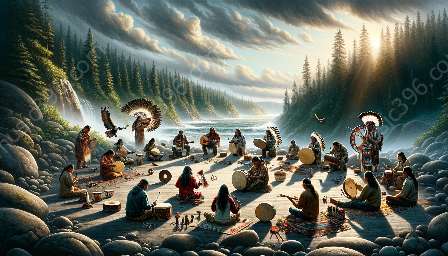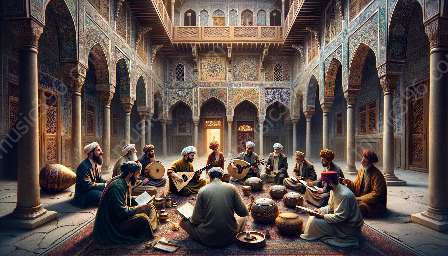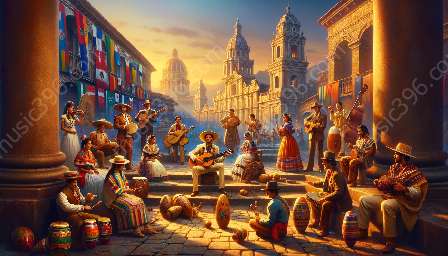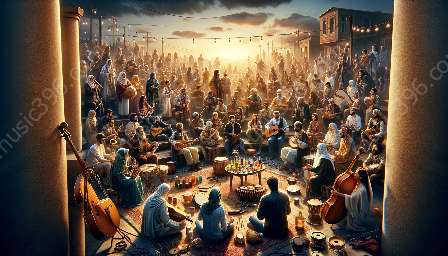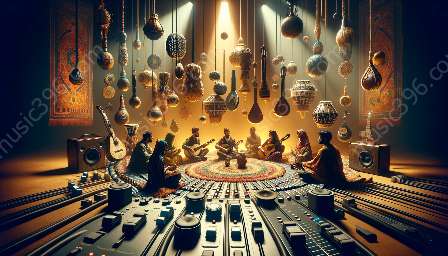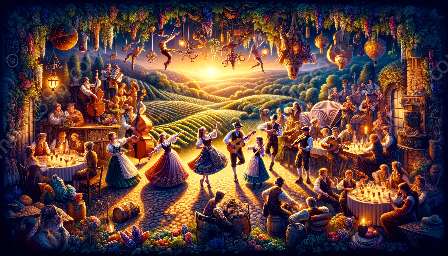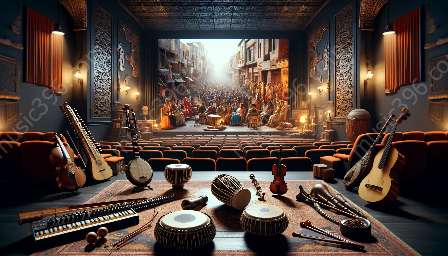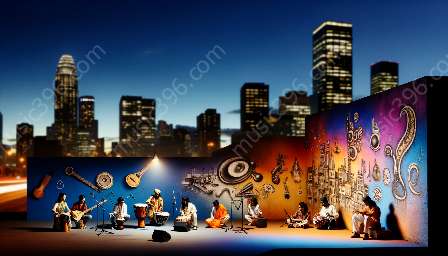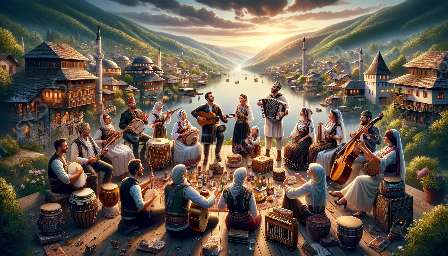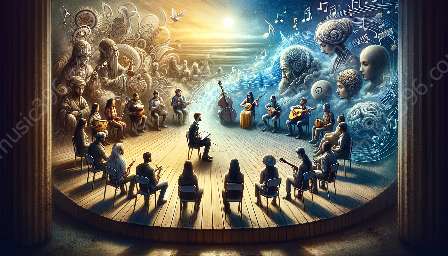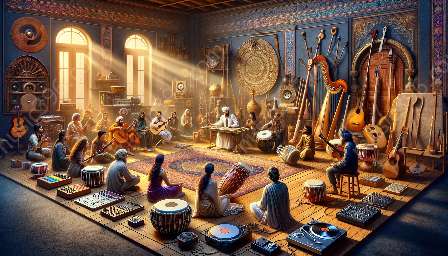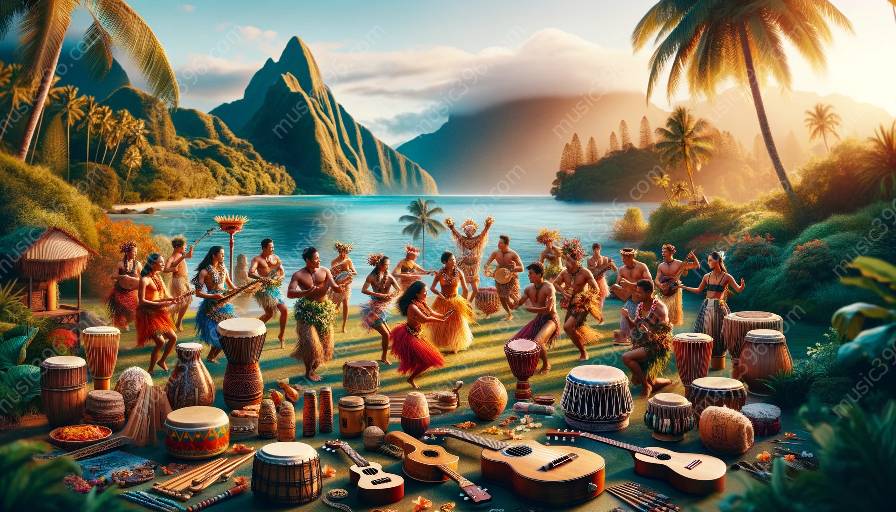The integration of dance with music in Pacific island cultures is an essential aspect of the vibrant and diverse music traditions of the Pacific. Pacific island music cultures are centered around community, spirituality, and celebration, and dance serves as a vital expression of these cultural values. In this exploration, we will delve into the intricate relationship between dance and music in Pacific island cultures, and the role of music within the ethnomusicological context.
Dance and Music in Pacific Island Cultures
Dance and music are intricately integrated in Pacific island cultures, with each influencing the other in profound ways. In many Pacific island societies, music and dance are inseparable, as they are essential components of communal rituals, ceremonies, and social gatherings. The rhythmic beats of drums, the melodic sounds of traditional instruments, and the harmonious chants provide the foundation for dance performances that embody the stories, traditions, and beliefs of the Pacific island communities.
The dance movements are often closely linked to the rhythms and melodies of the music, creating a symbiotic relationship that showcases the interconnectedness of sound, movement, and cultural expression. In many Pacific island cultures, dance and music are used to communicate narratives of historical events, creation myths, and spiritual teachings, further emphasizing the integral connection between the two art forms.
Music Cultures of the Pacific
The music cultures of the Pacific are incredibly diverse, reflecting the rich tapestry of traditions and influences found across the region. From traditional chants and percussion-based music to contemporary fusion genres, the music of the Pacific spans a wide spectrum of styles and expressions. Each Pacific island culture has its distinct musical traditions, instruments, and performance practices, showcasing the unique identity and heritage of its people.
Some of the iconic musical instruments found in Pacific island cultures include the slit drums, conch shells, bamboo flutes, and stringed instruments such as the ukulele. These instruments are often crafted using materials sourced from the natural environment, reflecting the resourcefulness and connection to the land that is integral to Pacific island cultures.
Furthermore, the role of music transcends mere entertainment in Pacific island societies. Music has a profound spiritual and social significance, serving as a means of connecting with ancestors, invoking deities, and fostering community cohesion. Whether it's through traditional chants during rituals or lively performances during festive occasions, music plays a central role in maintaining cultural identity and strengthening the social fabric of Pacific island communities.
Ethnomusicology and Pacific Island Music
Ethnomusicology provides a valuable lens through which to study the music cultures of the Pacific, offering insights into the historical, cultural, and sociological dimensions of music within these diverse societies. Ethnomusicologists examine the role of music as a cultural phenomenon, studying the interactions between music, dance, and the broader social contexts in which they are embedded.
Within the context of Pacific island music, ethnomusicology enables a deeper understanding of the traditional musical practices, the transmission of musical knowledge within communities, and the impact of external influences on indigenous music traditions. By engaging with local musicians, scholars, and community members, ethnomusicologists can document, analyze, and preserve the rich musical heritage of the Pacific islands, contributing to the appreciation and conservation of these invaluable cultural expressions.
Moreover, ethnomusicology sheds light on the ways in which dance and music are intertwined in Pacific island cultures, elucidating the symbolic meanings, performative elements, and social functions that shape the artistic expressions of these communities. Through ethnographic research and scholarly inquiry, ethnomusicologists contribute to the recognition and respect of Pacific island music as an integral part of the global musical tapestry.
In Conclusion
The integration of dance with music in Pacific island cultures epitomizes the dynamism, resilience, and beauty of the music traditions found across the region. The interplay between dance and music serves as a reflection of the collective identity, spiritual beliefs, and socio-cultural dynamics of Pacific island communities. By exploring the music cultures of the Pacific from an ethnomusicological perspective, we gain a deeper appreciation of the interconnectedness of music, dance, and culture, and the enduring significance of these artistic expressions within the global landscape of music.

